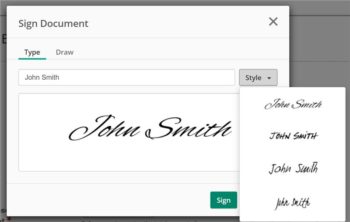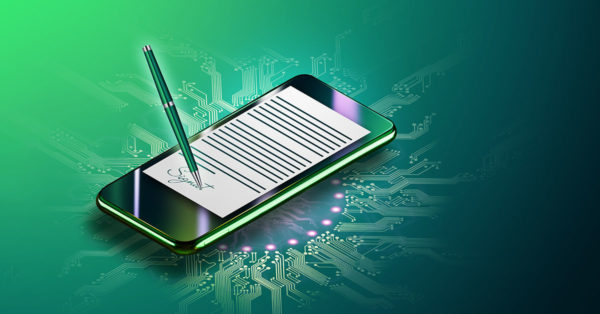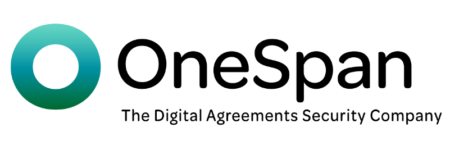When it comes to signatures, there’s more than meets the eye. There are three types of signatures: wet, digital, and electronic. But what’s the difference? And more importantly, which one is right for your needs?
In this blog post, we'll explore the key differences between wet, digital, and electronic signatures, as well as the benefits of each. By the end, you'll better understand which type of signature is right for your business.

Wet Signatures
Sign in person with an ink “wet” pen on paper and often in front of a witness.

Electronic Signatures
Sign digital documents by typing your name into a field and click “I agree.”

Digital Signatures
Encryption underlines the signature to verify the identity of the signer.
Let's dig a little deeper...
Wet Signatures
Wet signatures are the traditional way of signing documents, where you physically sign a piece of paper. Wet signatures are the most secure type since they can’t be forged. However, handwritten signatures are the least convenient since you must be physically present to sign a document, then scan the paper for electronic records storage.
Electronic Signatures
Electronic signatures are the most convenient signature type since you sign digital documents electronically without encryption. People usually sign documents electronically by typing their names into a field or clicking on an “I agree” button. However, electronic signatures are the least secure since they can be forged.
There are many advantages of using electronic signatures when compared to using a standard paper contract with wet signatures. Electronic signatures streamline business processes in a user-friendly signing experience, which is critical in today’s digital environment.

Digital Signatures
Digital signatures go one step beyond electronic signatures to use digital encryption to verify the identity of the signer. As a result, businesses and government agencies can improve security and compliance by using digital signatures while reducing turnaround times for signature approvals. Digital signatures are legally binding in most countries and are more secure and convenient than traditional signatures.
Which Signature Solution is Right for You?
It depends on your needs. For example, if security is your top priority for legal contracts and financial documents, you should use a digital signature solution like OneSpan. On the other hand, if ease of use is your top priority, you should use an electronic signature like within Laserfiche.
For over two decades, e-signature solutions have grown in popularity, with many vendors popping up in the marketplace, including OneSpan Sign, DocuSign, Adobe Sign, DropBox, and eSign. With so many options, how do you stack up all the vendors to decide which solution is best for you? It’s important to select the best signature solution that will meet your organization’s needs – today and tomorrow.
OneSpan is the white-labeled signature platform of choice by some of the most security-conscious government agencies in the world, like the NASA, United States Army, US Department of Defense, USPS, and 100s of local and state agencies.
With OneSpan, you can streamline your workflows, improve the user experience, strengthen compliance, and reduce the cost of paper-based processes.
See OneSpan in action!
Ready to get started started today with OneSpan Sign for Laserfiche? Contact us today to learn more about how we can help you streamline your workflows and improve your bottom line.



